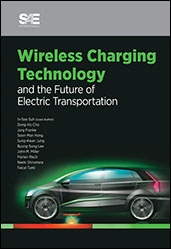Technical Paper
Facilitating Project-Based Learning Through Application of Established Pedagogical Methods in the SAE AutoDrive Challenge Student Design Competition
2024-04-09
2024-01-2075
The AutoDrive Challenge competition sponsored by General Motors and SAE gives undergraduate and graduate students an opportunity to get hands-on experience with autonomous vehicle technology and development as they work towards their degree. Michigan Technological University has participated in the AutoDrive Challenge since its inception in 2017 with students participating through MTU’s Robotic System Enterprise. The MathWorks Simulation Challenge has been a component of the competition since its second year, tasking students with the development of perception, control and testing algorithms using MathWorks software products. This paper presents the pedagogical approach graduate student mentors used to enable students to build their understanding of autonomous vehicle concepts using familiar tools. This approach gives undergraduate students a productive experience with these systems that they may not have encountered in coursework within their academic program.

